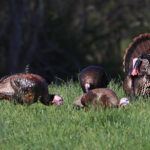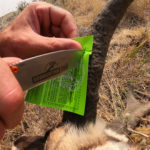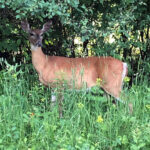There’s no better way to kick off a deer season than with a harvest. It’s a mood changer, a confidence booster, and it feels great to have fresh backstraps on the table. But if we want that meat to be as good as it can be, we have to take care of it in the time between the kill and the processing of the animal.
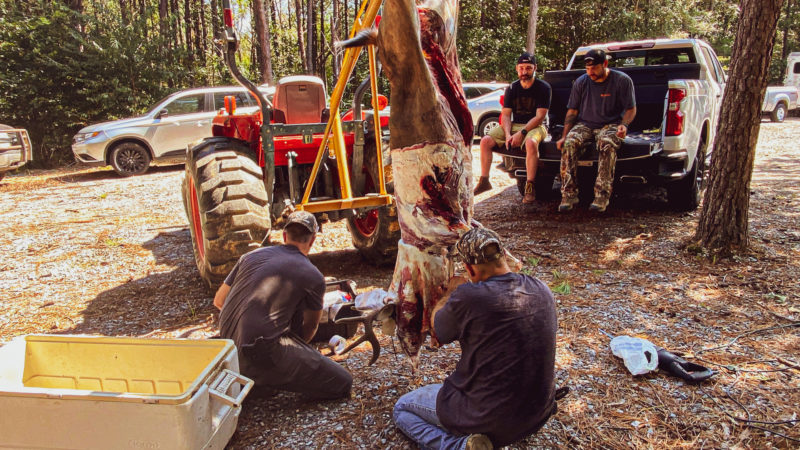
The Recovery
With archery seasons in many states open or about to open, it’s a challenge keeping the animal cool, but the first step to great-tasting venison is a quick recovery. Unless you’re unsure of the shot or have reason to believe you need to wait to begin tracking, get on the trail as soon as ethically possible. For a lung-shot deer, that usually means about 30 minutes. Ultimately, though, the decision is yours. Only you know how comfortable you are with the shot.
In hot weather, it can be a race against time. At temperatures between 70 and 120 degrees F, bacterial growth can double every 20 minutes. Considering that a living deer’s natural body temperature hovers right around 101 degrees, bacterial action can spoil the meat quickly.
The gut cavity is the warmest part of a big game animal, and it can stay warm long after the animal has expired. This can negatively impact certain cuts of meat, such as the tenderloin, if the animal is not field-dressed immediately upon recovery.
When air temperatures are above 50 degrees, you have approximately 3 to 6 hours to recover a deer after it expires before the meat begins to taint. This means that the task of getting that harvest from field to table starts as soon as you let that arrow fly. Pay attention to where the arrow hits and how the deer reacts, and you’ll know when to start the recovery process.
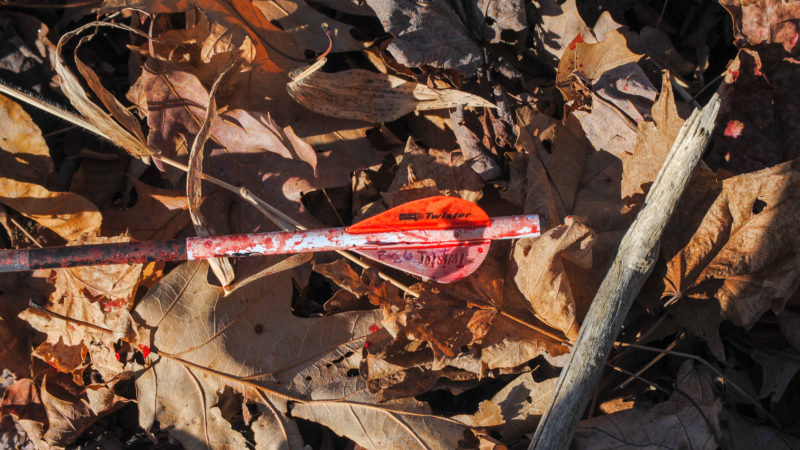
Getting to Work
I love taking photos of my kills. Nothing brings back the memory or feel of a hunt, for me, like a quality photograph. To get those in-the-field shots we all enjoy, I carry a tripod in my truck and set my camera on self-timer. I don’t always have time to wait until a buddy shows up to get started. Once I’ve gotten a couple goods photos, I get to work dressing out the animal.
If a creek or other water source is nearby, I rinse out the body cavity with clean water. Washing out blood can be just as important as removing the vitals, and the cooler temperature of the water lowers the temperature within the cavity. During deer season, I always make sure I have a small bucket and a few old rags in my truck just for these occasions.
Where you hunt and whether you have access to a four-wheeler can make quick work of getting the deer out of the woods. With such conveniences, it can be easy to take things like washing blood out of the cavity for granted, but keep in mind that minutes make a difference, and bacteria doesn’t magically stop multiplying the second you load the deer into the truck or get it back to your garage.
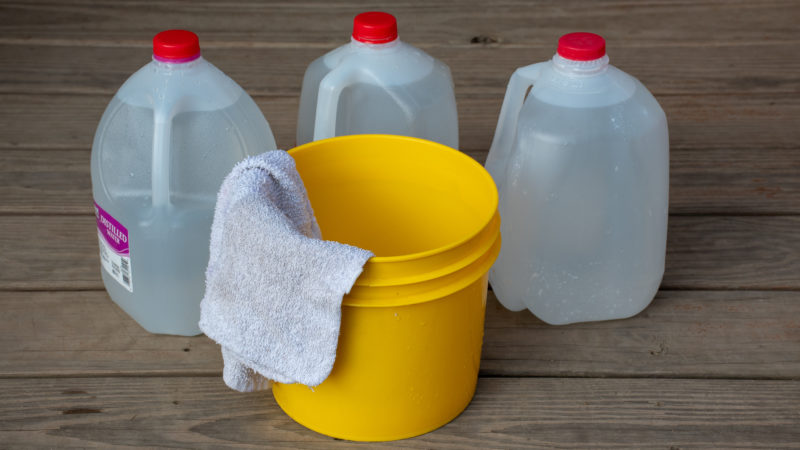
One of the first things I do after loading the deer into the truck bed is find a stick long enough so that I can prop open the cavity and allow air to circulate and cool the meat. Once again, this is where most issues with spoiling begin, and time can slip away when you’re excited about a kill.
Many times, I’ve been surprised to find that it’s early afternoon by the time I finally get a deer back to my house, even though I shot it shortly after daybreak and made a quick recovery. I just don’t drag deer out of the woods as fast as I used to when I was younger.
Many of the places I hunt are at least an hour’s drive from home, sometimes farther. I fill and freeze gallon-sized milk jugs or 2-liter bottles with water and throw them in a cooler before I leave for hunting. The solid block of ice will stay frozen hard for several hours and buy you more than enough time until you can get home to hang and skin the deer.
You’re not done yet, though. As the carcass begins to cool, bacterial growth slows down, but it’s not until the temperature of the meat drops below 40 degrees that you’re safe from spoilage, so it’s important to remove the hide as soon as possible and keep the meat dry. Moisture accelerates bacterial activity. Most meat experts recommend not spraying out the chest cavity or rinsing off the meat unless you’re planning to refrigerate it right away.
Ego in Check
It can be tempting, after killing a mature buck, to go on a “brag drive” to show all your friends. All I can say is: resist! It’s a great ego boost, and a proud moment indeed, but the risk is too great in warm weather. After all, as long as the skin is still on the carcass, the meat can stay warm for hours after the animal has expired.
I’ve known hunters who lost their deer even in cold weather because they drove around to show everyone their prize without realizing that the sun beating down on the cap on their truck was turning the inside into an oven. Even in an open bed, sunlight can cause damage.
For years, I worked in a taxidermy shop and was heartbroken to see the condition of some of the deer that guys brought into the shop for mounts. Areas around the eyes, lips, and nose are fragile and susceptible to hair slippage, and it’s important to take care of the skin to ensure a quality mount.
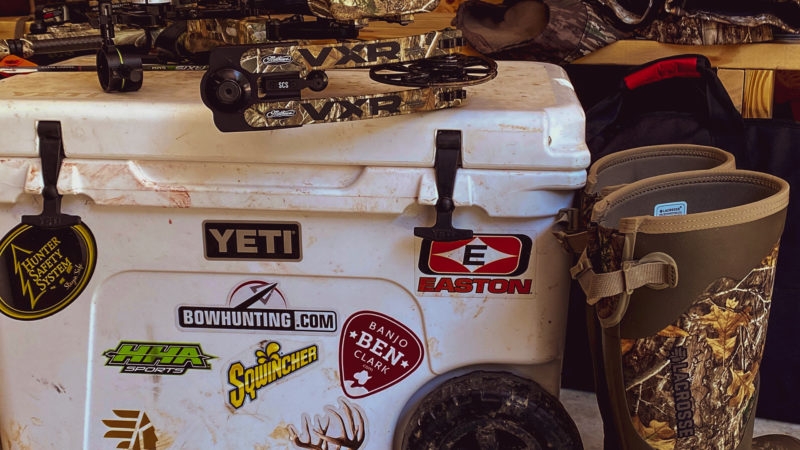
Having a Plan
For the best results, getting venison from the field to the table requires a plan. Being prepared with items such as a bucket, rags, and jugs of frozen water make the task easier.
But it’s also other things, such as knowing beforehand out how you’ll get the deer out of the woods, or which locker plant to take it to, or freeing up the time to process the meat if you like to do it yourself. In warm weather, every minute counts, but a good plan can help you make sure that meat will taste delicious.
Wrapped Up
A little extra work on the back end can go a long way towards making the most of your meat this season.
Take the time to get it right. When you do, you’ll enjoy the rewards all year long.

 By
By 